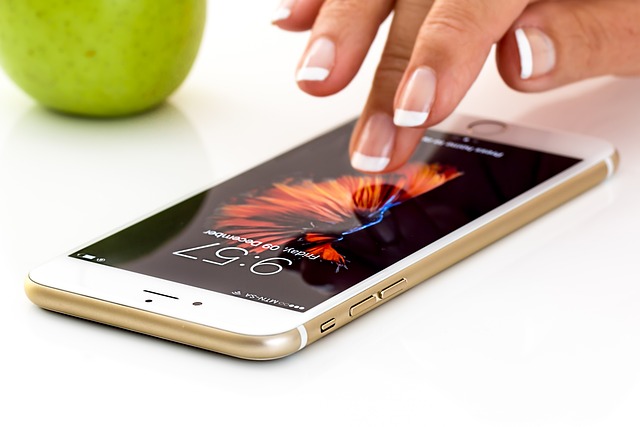Teaching Kids Responsible Smartphone Usage
As a parent or guardian, it can be challenging to navigate the world of smartphones and their impact on children’s lives. With the rise of social media, online gaming, and streaming services, kids are exposed to a wide range of digital content that can both entertain and educate them. However, excessive smartphone use has been linked to various negative effects on children’s physical and mental health, academic performance, and social relationships.
Teaching kids responsible smartphone usage is essential to help them develop healthy habits and ensure they make the most out of their device. In this article, we will explore some key points and practical steps to help you achieve this goal.
Step 1: Set Boundaries and Limits
Establishing clear rules and limits on smartphone use is crucial for teaching kids responsible habits. Here are a few tips:
– Set screen-free zones and times, such as during meals or an hour before bed.
– Create a daily schedule that allocates specific times for phone use.
– Consider implementing a “no phone zone” at home, such as the dinner table or bedrooms.
Step 2: Monitor Usage and Track Progress
Monitoring your child’s smartphone usage can help you identify areas where they need improvement. Here are some tools and techniques to try:
– Use built-in parental control features on your child’s device, such as Screen Time on iOS or Digital Wellbeing on Android.
– Install third-party apps that track screen time, such as Moment or Qustodio.
– Regularly review your child’s phone logs to see what apps they’re using and for how long.
Step 3: Teach Digital Literacy Skills
Digital literacy is essential for kids to navigate the online world safely and responsibly. Here are some skills to teach:
– Online safety basics, such as not sharing personal info or clicking on suspicious links.
– How to use social media platforms effectively and respectfully.
– Basic coding and computer programming skills to understand how apps work.
Step 4: Foster a Balanced Lifestyle
A balanced lifestyle that includes outdoor activities, reading, and face-to-face interactions is essential for kids’ overall well-being. Here are some ways to encourage this:
– Encourage sports, music, or art classes to help them discover new passions.
– Plan regular family game nights or outings to promote socialization.
– Support their interests and hobbies outside of phone use.
Step 5: Lead by Example
Kids learn from what they see, so it’s essential for parents to model responsible smartphone behavior themselves. Here are some tips:
– Limit your own screen time and engage in activities that don’t involve phones.
– Share your own experiences with online safety and digital literacy with your child.
– Demonstrate how to use technology in a way that’s respectful and mindful of others.
Teaching kids responsible smartphone usage is an ongoing process that requires patience, consistency, and open communication. By following these steps and setting clear expectations, you can help your child develop healthy habits and ensure they make the most out of their device.
